Once your sourdough starter is active and ready to make bread, the next thing that I see most people fail at is the maintenance. Knowing how to refresh or feed your starter in the right way is really important and it determines the quality and taste of the bread.

My sourdough starter is alive, now what
You went through my post on how to make a sourdough starter, you achieved to make a new bubbly friend and even baked your first bread. Now comes the tricky bit: keeping it alive forever. So here’s my guide on how to maintain your sourdough starter.
How much starter should I keep with each feeding?
At the end of our starter process, we were feeding 50g of starter with 100g of water and 100g of flour (in my case, I use half rye, half all-purpose flour). It’s likely that this quantity won’t stay the same as time goes by. Our objective is to get our sourdough starter to get to its peak activity (represented by its increase in volume) in 12 hours’ time. This way, by feeding it every 12 hours, we always feed it at its most active moment. I say that in bold font because it’s important. As your starter becomes stronger, you will notice that it will peak before 12 hours but rather at 4, 6 or 8 hours. If this happens, you need to reduce the amount of starter that you keep before feeding. Try reducing the amount slowly until you get it to peak after 12 hours from the feeding. In my case and because Joe (my starter) is pretty old and strong, I keep a teaspoon every time I feed it, but during the first year, it was 30-40g.
What happens if I just keep feeding it 50g or let it go beyond its peak before I feed it?
What’s going to happen if you let it reach its peak before the 12 hours is that when you go feed it, it will have over fermented, it will smell acidic and could even form a layer of alcohol on top. This makes your bread more acidic and could even affect the bread’s proofing. Also, it could happen that your starter’s activity is reduced because of this. The ideal is to always feed your starter at its peak of activity.
At what temperature should the water be at for feeding my starter?
This will depend on your starter. Like I’ve said before, in time, you’ll get to know your starter: how it behaves, how it grows, etc. There are starters (like Joe, my 2 year old starter) that even if it’s cold, they ferment quickly and increase in volume steadily. Others need the extra push from warm water (not hotter than warm or you could kill your starter) to grow. There are others that need warm water + a warm environment to be happy. It takes a few trials to see what works best for you.
The contrary case is also true. In summer, when it’s really hot, fermentation accelerates and sometimes you might even have to use cold water to decrease activity and reach 12 hours at its peak.
Can I feed my starter once a day?
In general, I would say no, or not for a long time. I say this because, as I was saying above, right now I keep only a teaspoon of Joe when I feed him and it’s ready to feed/refresh again at the 12h mark. Because of this, I have no way of turning those 12h into 24h because I can’t keep any less of my starter when I feed it! If you can achieve this because your starter is less active, then go for it! Again, I have to say that the most important thing is that you feed your starter at the moment of most activity.
Do I always need to discard some starter? Why?
Sadly, the answer is yes! Unless, of course, you’re baking bread every day. The reason why you discard some is that you always need to feed the starter in a certain proportion that works for it. If you stay with 50g and feed it with 100g of flour and 100g of water, then the feeding is 1:2:2. If you don’t discard any of the starter, you will have 250g of starter and would have to feed it 500g of flour and 500g of water!!! You would have a huge monster after 4 days and it would eat up your house, lol. The good thing is that you can make recipes with your sourdough discard. If you’re not making bread every day but only during the weekends or seldomly, keep reading, it’s coming.
Here’s an advice from personal experience. The first time I made a sourdough starter like 4 years ago, I didn’t discard any. I fed it a bit of flour and water and called it a day. The result: under proofed bread that tasted sour and was gummy.
What flour should I use to refresh my starter?
It’s really up to you. What I generally don’t recommend is that you feed it with only all-purpose flour. All-purpose or even bread flour has fewer nutrients and since we’re feeding living things, it affects the quality of its fermentation. It usually ferments quicker and it tends to get sourer faster. I like to use half rye and half all-purpose. Rye is like sourdough starter steroids. It keeps it really active and also reduces the risk to make it extra sour or fermenting too quick. If you can’t get rye, you can also use half whole grain and half all-purpose. I don’t recommend that you use only rye or only whole-grain because they have less gluten and this don’t trap as much air when they ferment and so it’s more difficult to assess activity when they grow in volume.
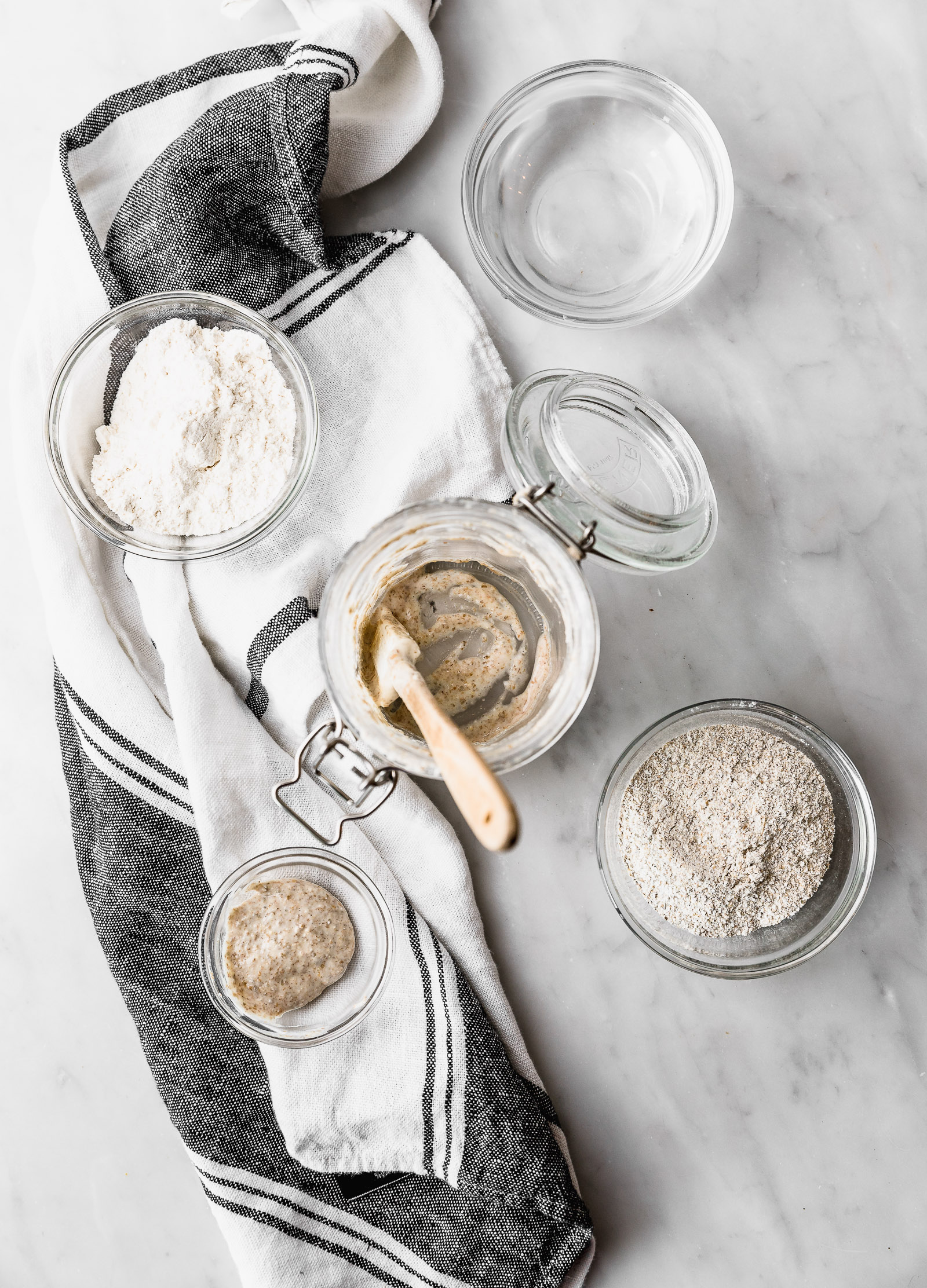
Sourdough every day
During the first month of life of your starter, or at least the first two weeks, I recommend that you feed it every 12 hours every day. This will help you assess how it behaves, how it ferments, etc. In this time you can play with the amount of starter you keep for each feeding so that you know exactly how much you need and under what conditions. Then you can switch to placing it in the fridge when you don’t want to use it.
Can I use my sourdough starter directly to make bread?
Many of you must have noticed that in my sourdough bread recipes I always feed a bit of my starter on the side to form a levain for my bread. I don’t use directly the active starter. This is because I like to have greater control over it. I like to know that the levain I’m using is really active, sourness-free and ready to be used. I keep a close eye on it and use it as soon as it reaches its peak fermentation. The risk of using your sourdough starter directly is that sometimes it only takes for it to be slightly over fermented for it to mess up the fermentation of the bread. But this is a totally personal taste! If you like to use your starter straight away and it works for you, go for it!
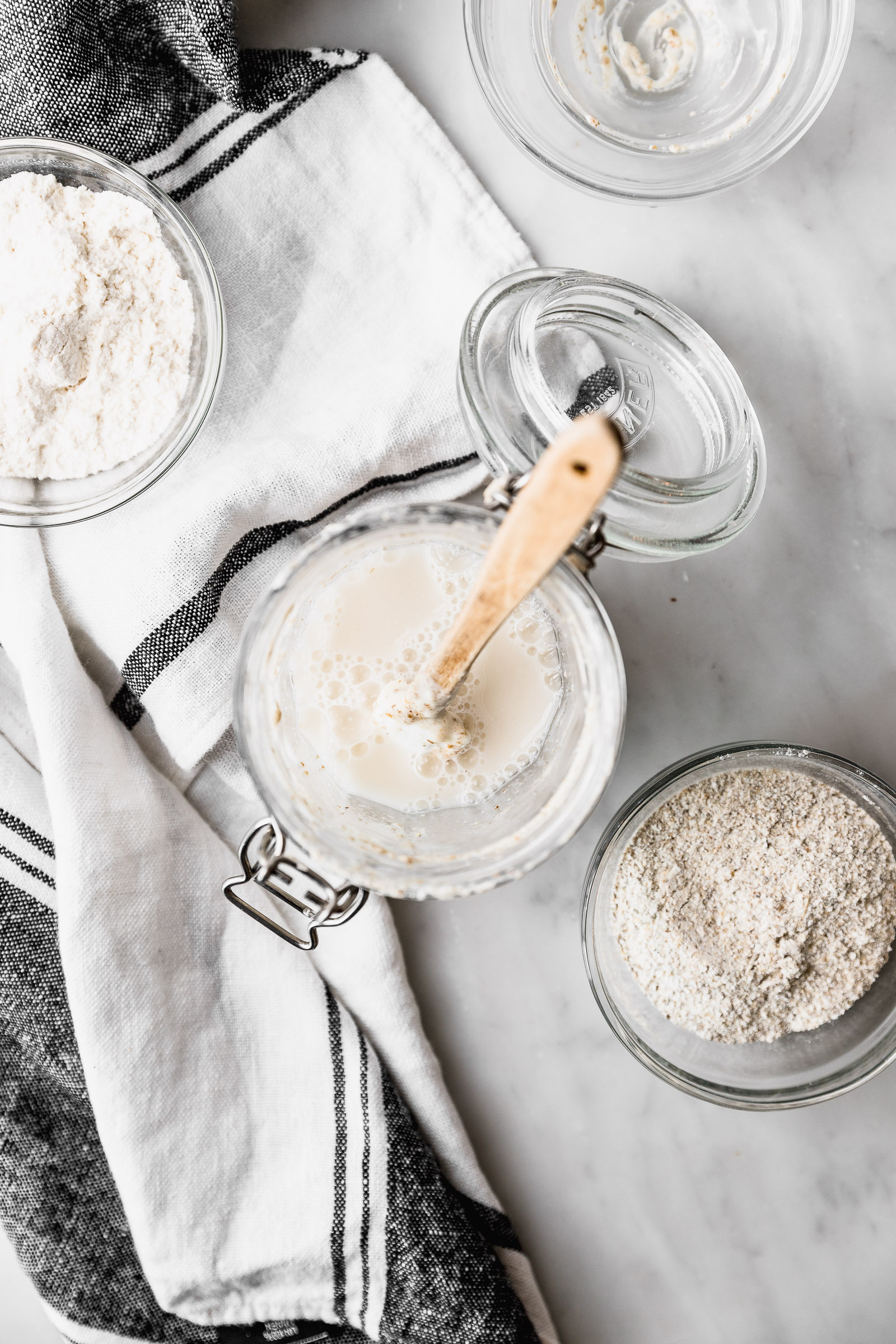
Sleeping sourdough starter
If you’re going to make bread only once or twice a week, what you want to do is keep your starter in the fridge. Like I said above, lower temperature means that the starter will have a slower activity. Thus, if you want your starter to be in a sleepy state for about 5 days, the best is to refrigerate it. Immediately after feeding it, place it in the fridge. You cannot, however, leave it there forever without feeding. Once again, it’s ideal to feed it at its peak activity. In my case, this happens at the 5 days mark. At that moment I remove it from the fridge and refresh it. If I’m going to make bread, I leave it outside. However, if I’m not going to make bread, I return it to the fridge. If you don’t refresh it at its peak it will still over ferment, become too sour and interfere with the leavening process of your bread. Also, it will take longer to reactivate when you do want to make bread.
How to I wake it up to make bread?
Once the time comes when you want to make bread, remove your starter from the fridge and feed it its regular diet but with warm water so that it comes back to room temperature. With Joe, I have to feed him at least 2 times after removing him from the fridge before making bread. Thus, I remove it 24h beforehand. Depending on your starter, you might need longer than this. I don’t recommend that it’s only one feed before making bread because with 2 you really are sure that it’s awake and active.
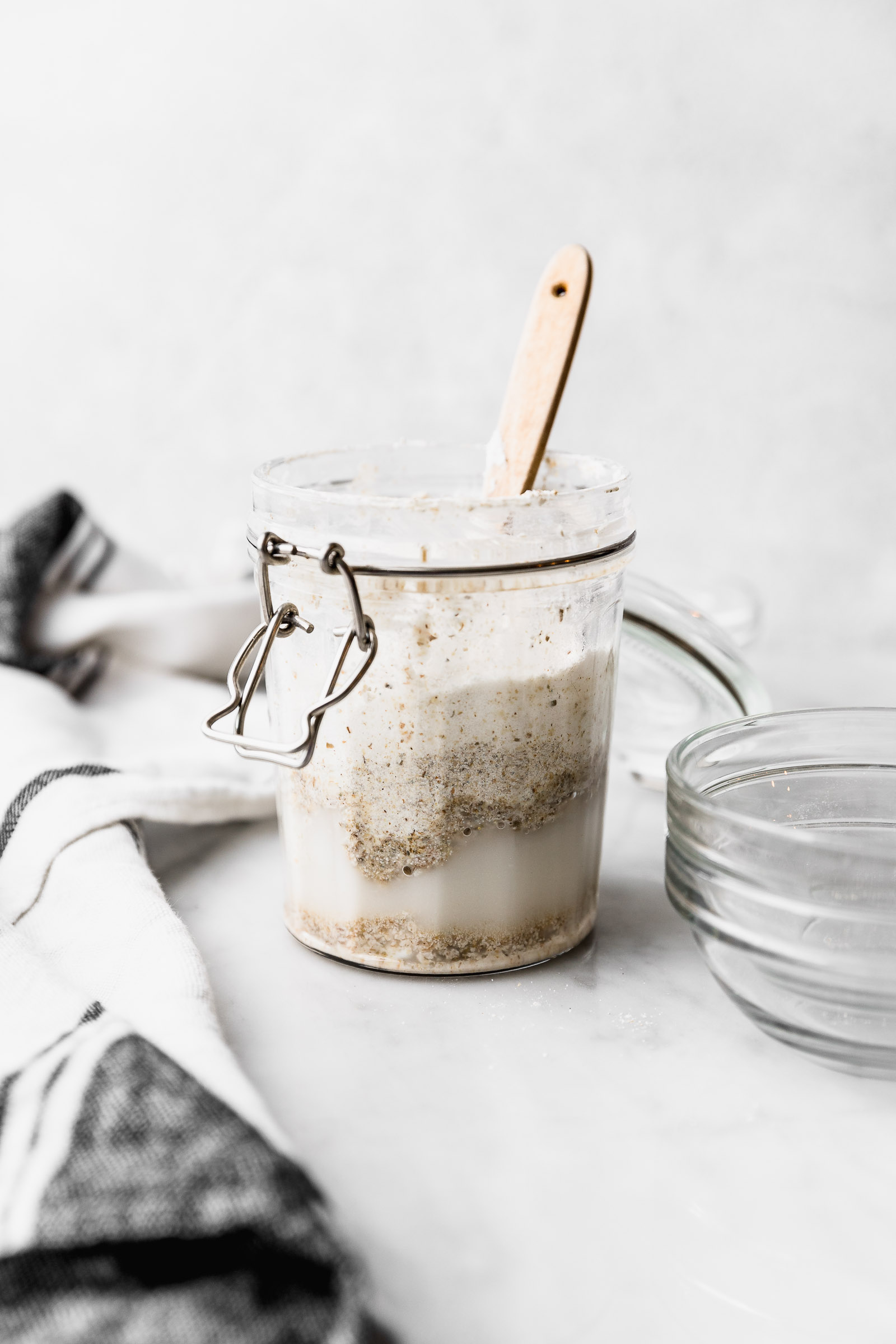
What if I travel?
It can happen that we go away from home for a long time because of a trip or something else. Here are some tips:
- Definitely leave your starter in the fridge. You feed it and it goes straight in.
- If you’re going to be gone for more than a week, keep only 1 teaspoon of the original starter so that it will take longer to ferment.
- If you’re going to be away for a long time, fear not. Killing your starter is a difficult feat! When you come back, you will notice that your starter has a dark, yucky liquid on top (alcohol from over-fermenting) as well as an extra yucky fungus layer on top. It will smell really bad and sour, too! Get rid of the alcohol and top later and keep just one tablespoon of your starter. Was the container where you keep it and feed your starter with warm water and lots of love. It will take more than usual to have its peak activity. When it gets there, feed it once again. Don’t place it in the fridge until you see that it’s back to normal.
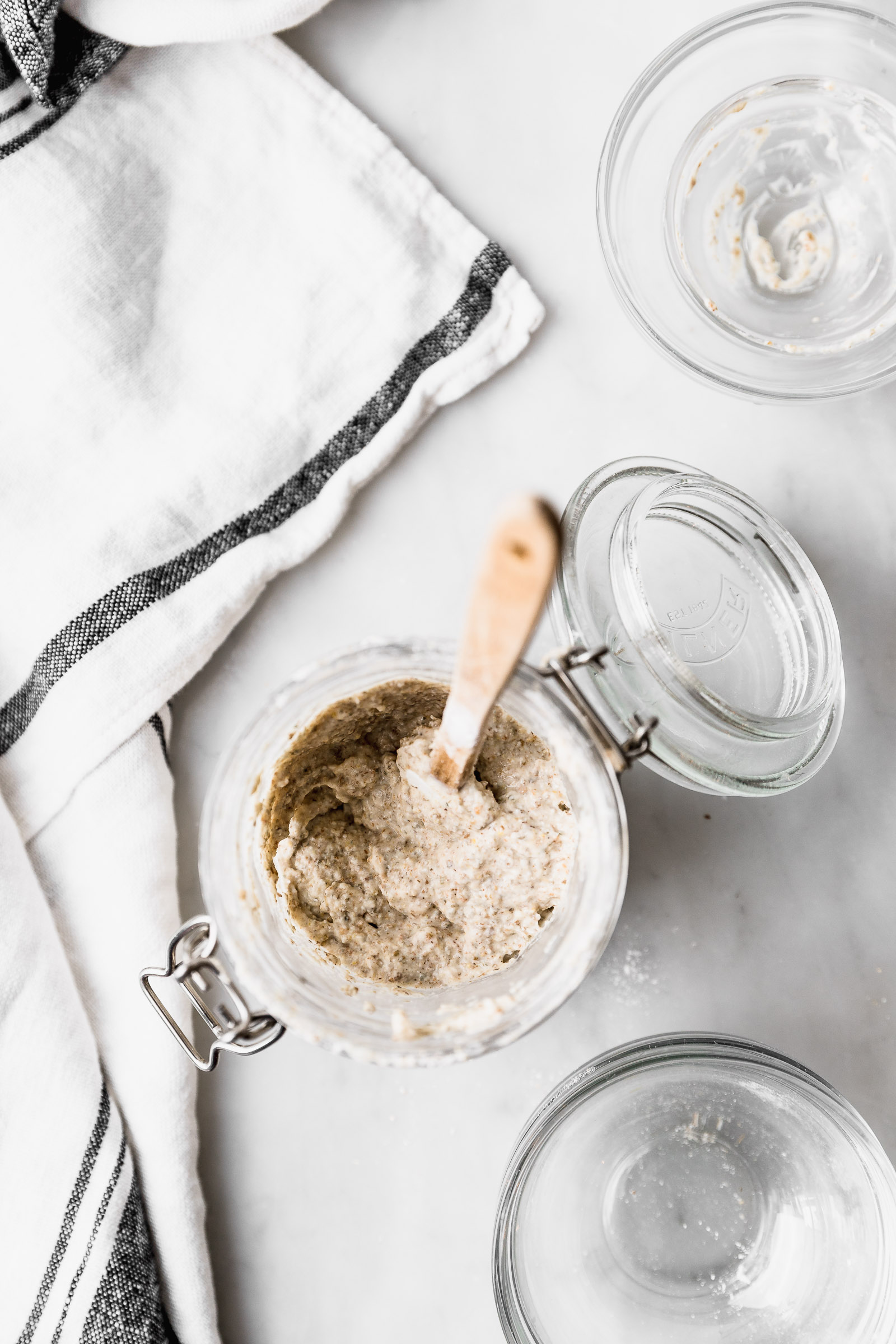
Conclusion
Your sourdough starter is alive. That means that every starter behaves differently and has different times. That’s the beauty and complication of natural yeast! Learn from it, keep an eye on it and use it constantly. That’s how you learn, people! I hope these tips were useful and let me know in the comments if you have any doubts so other people can learn from them, too! In general, when I have told these tips to someone in trouble with their starter, they see a significant improvement in their bread. I hope it’s the same for you!
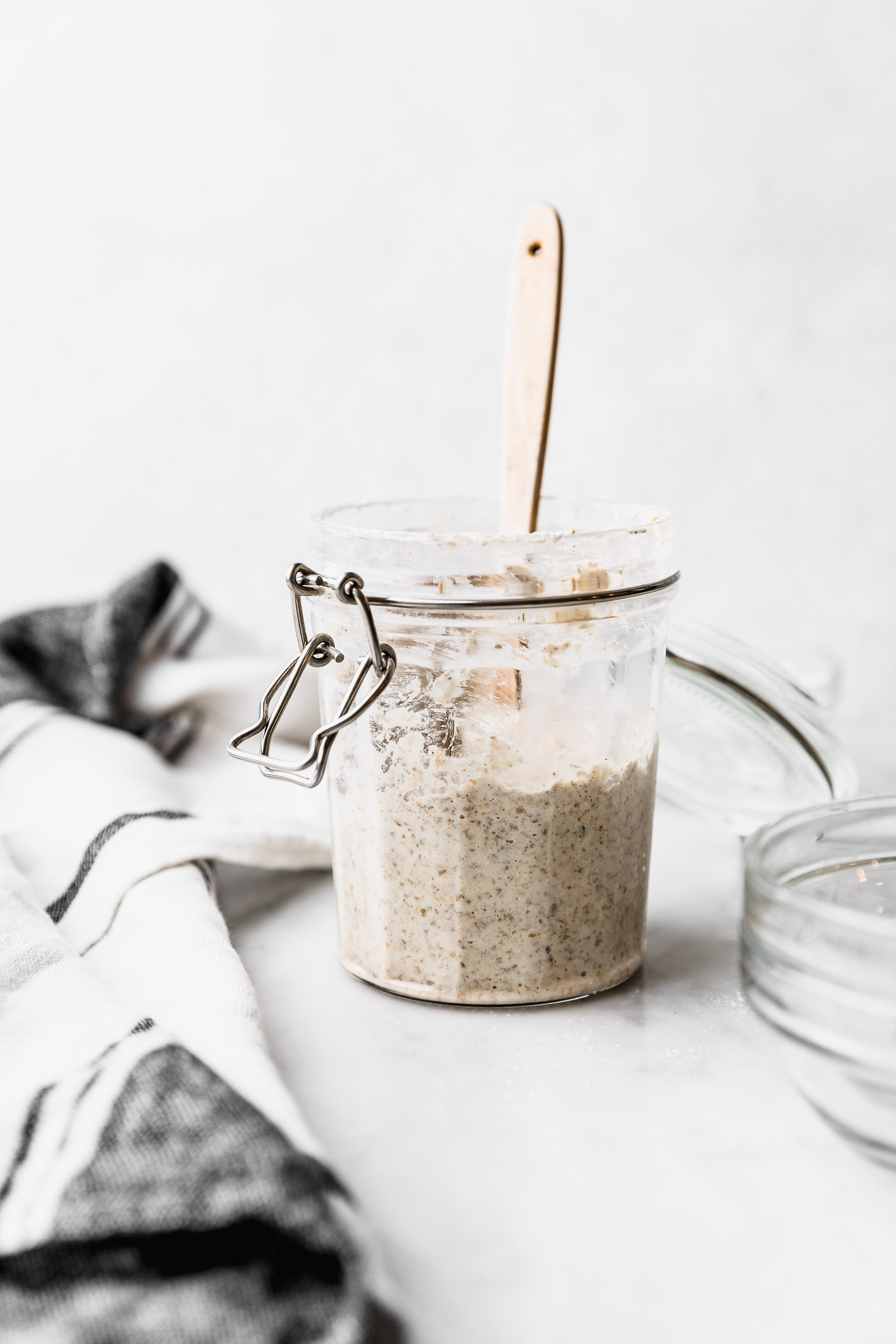

1 comment
What could be the reason why my starter isn’t floating?
It is super bubbly and I feed it every 12 hours when it’s at its peak. I’m lost on what to do. Thank you!